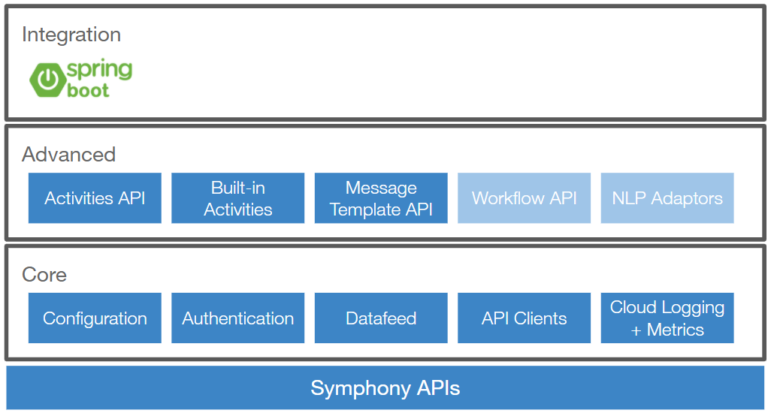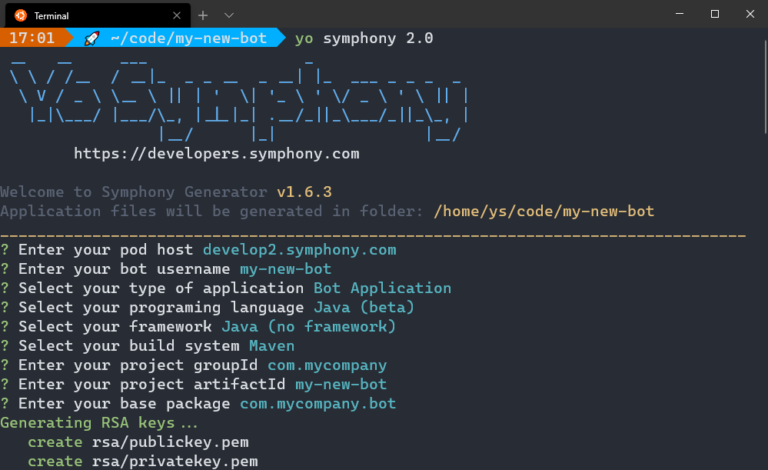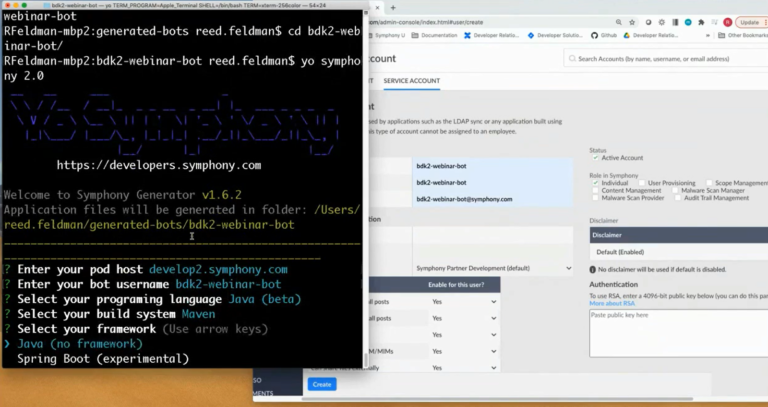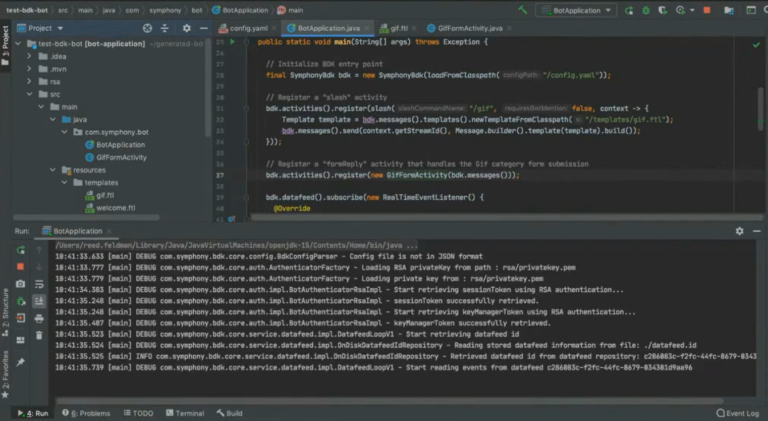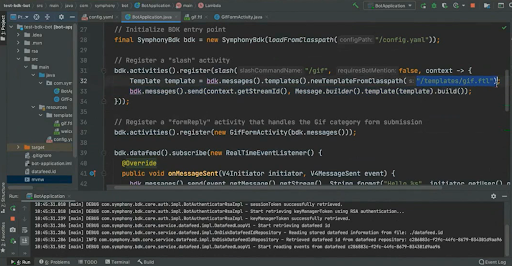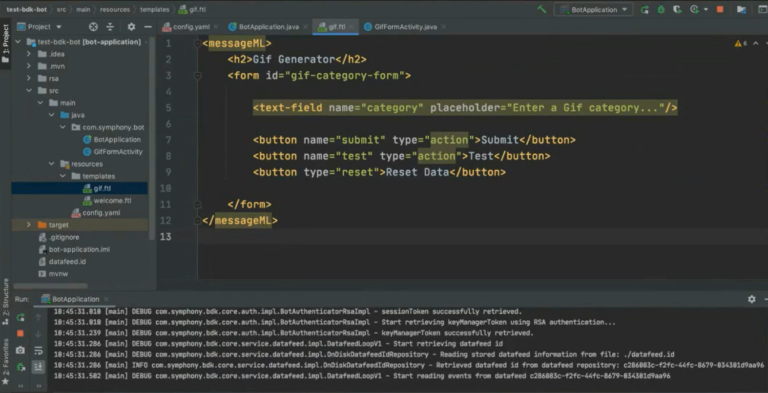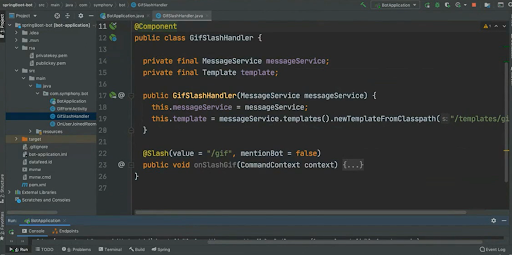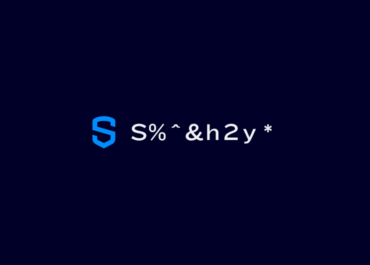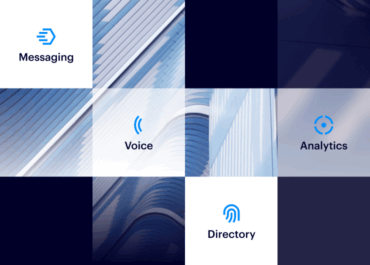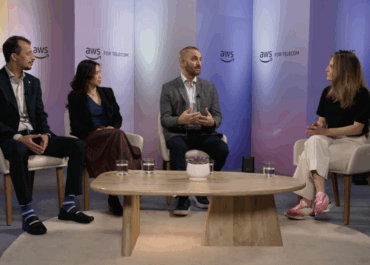
AWS interview: Mario Orphanou discusses communication in financial services
In this panel interview, Dafna Yanay from AWS speaks to Mario Orphanou, Senior Director of Product Management for Symphony, about the challenges of communication faced by the financial services industry and how organizations can drive better connectivity, growth and client engagement with the right solution.
